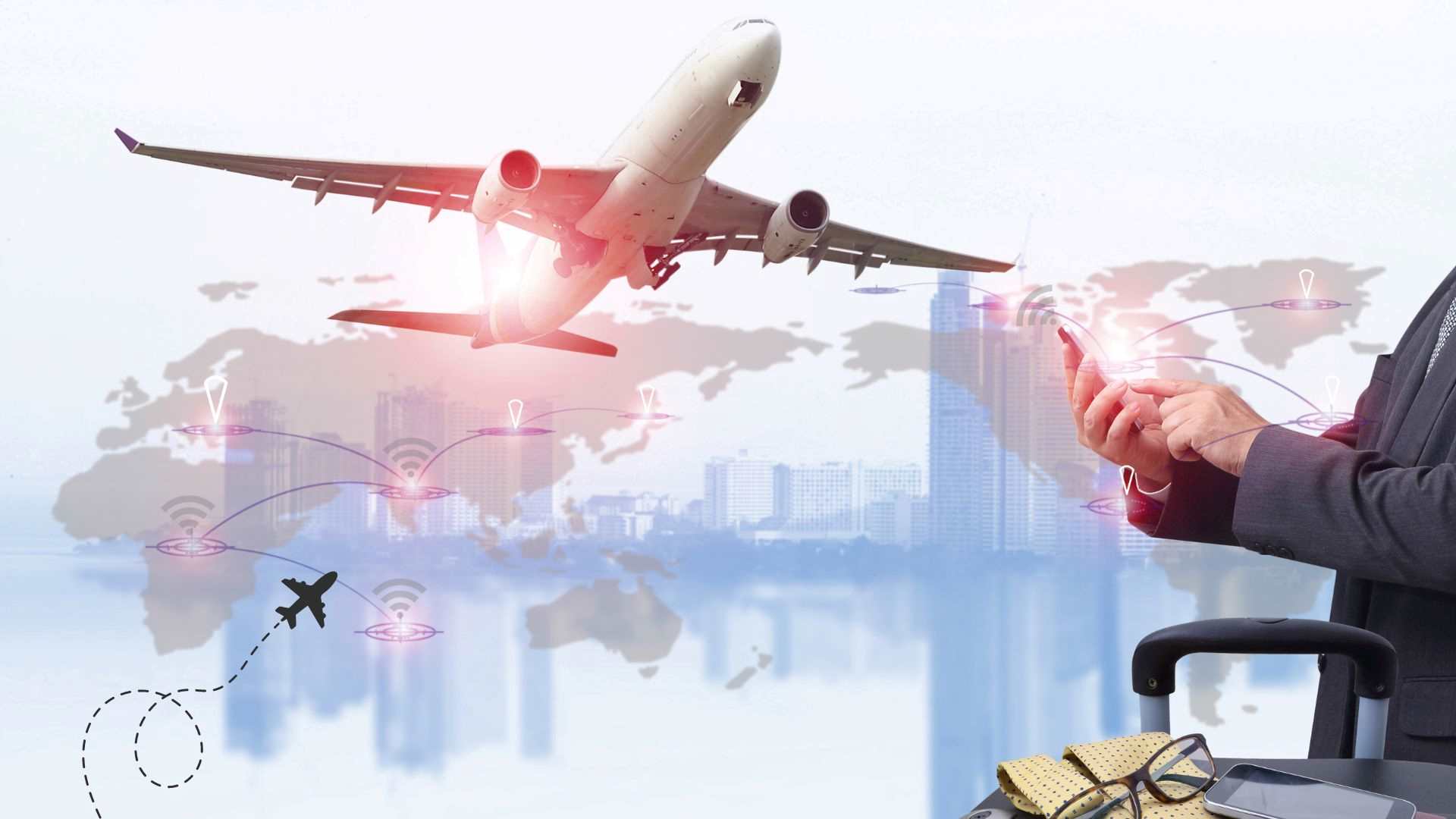
By Jean-Christophe Lacour, SVP and Head of Product Management and Delivery, Outpayce
Payments are an integral part of the travel experience. However, at times paying for travel can be more difficult than it should be, perhaps because travelers aren’t able to pay with their preferred payment method or the travel company’s approach to authentication isn’t mature, with a Strong Customer Authentication requested when it isn’t strictly necessary. Ultimately, such issues can impact conversion, loyalty and the overall digital experience on offer.
The truth is, managing payments in travel is complex, with travelers often drawn from many different markets leading to cross-border payment flows, Foreign Exchange (FX) conversions and diversity in payment methods. All this results in the need for travel companies to work with many different local payments partners across the world.
We recently conducted ‘Travel Technology Investment Trends’ a major study that includes research with senior travel payments leaders to understand their investment priorities, challenges and plans. These experts told us they’re struggling to connect to payments partners efficiently, are unable to switch between partners as needed and have difficulty controlling their payment flows.
Top challenges when managing cross-border payments:
Enter payments orchestration — a process that enables travel merchants to optimize and control complex global payment flows to deliver the best possible experience, ensuring payments are accepted efficiently with the highest possible acceptance rates.
Supporting international growth
In short, a payments orchestration platform sits at the heart of a company’s payments infrastructure, analyzing the nature of each transaction and taking real-time decisions about how they should be processed. Such platforms also provide a single point of access to acquiring, fraud or payment acceptance partners across the world, reducing the technical workload for the merchant and improving time to market. For example, an airline may decide to open a new route to The Philippines, at which point it becomes very important to find the right acquirer (local bank or international / regional bank that can also cross-border acquire in Malaysia) and to be able to accept popular local methods like GrabPay and Gcash.
Executing this is no simple task. However, platforms do exist that can accommodate all these responsibilities. By onboarding such an efficient system, businesses can deliver cost-effective payment solutions and maximize sales. A large airline Asia achieved an impressive 4% growth in authorization rates by taking an orchestrated approach and the right payment solution. The airline was able to achieve greater global reach, offer a wider range of payment methods and access a wider choice of suppliers that supported its international expansion.
Optimizing cost and maximizing acceptance rates
Every payment is different and the days of treating them as a homogeneous batch of transactions have passed. With each payment transaction there’s the potential to take correct or incorrect decisions about how it’s handled. For example, if the payment relates to a high value booking and to a route an airline is seeking to grow, while showing a low fraud risk, perhaps it should receive the “priority” treatment. Conversely, if a payment relates to a low value booking and carries a higher fraud risk, it likely needs to be treated in a different way.
There are many ways to optimize how each payment transaction is handled. For example, should we apply a “strong customer authentication” exemption to this payment? Should we route the transaction differently depending on the card issuer’s country? Do we have a high degree of confidence in this transaction so we can skip thorough fraud screening on this occasion? Does this booking conform to past norms for this traveler, and if so, can we demonstrate that to the card issuer to boost acceptance rates?
Of course, being able to answer these questions requires an orchestration system equipped with the right data relating to the payment but also to the underlying travel booking. It’s only with a clear view of both the nature of the payment and the booking that an airline can align its payments decisions to its commercial goals. Being able to take such decisions well means payments can be routed to the correct partner, which helps to optimize the cost of payment processing while also increasing acceptance rates by giving the “priority” treatment to the correct transactions, based on the nature of the underlying booking.
In our Travel Technology Investment Trends research, payments leaders confirmed they’re now actively implementing payments orchestration to introduce these capabilities. When asked if they ‘orchestrate’ cross-border payments, just over a third of respondents say they already do this today (38%) with a further 30% planning to orchestrate their cross-border payments in the near future. Only 11% said they have no plans to apply payments orchestration.
The travel industry is particularly complex and it’s a very logical place for payments orchestration to develop. But we’ve seen several payments trends begin in our industry, like the use of virtual cards for B2B supplier payments, which have since expanded to the entire economy. I suspect large merchants in every industry will soon be catching on to the benefits of orchestration.


